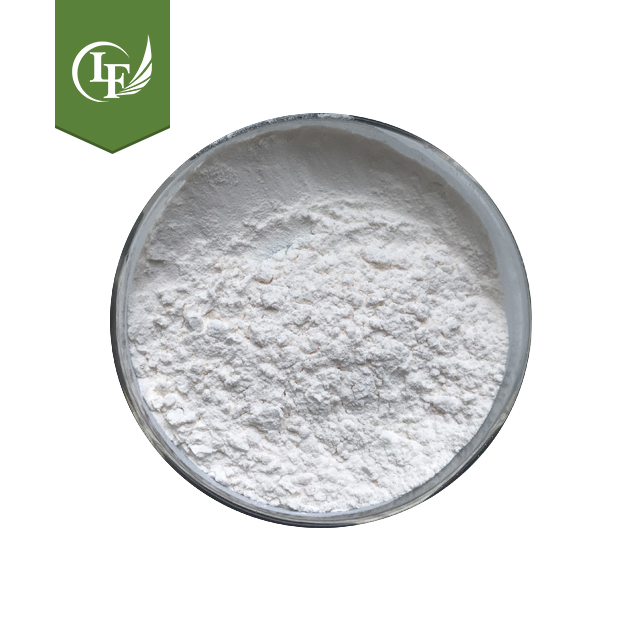It can be used for both skin lightening and acne treatment.
It is suitable for use in both cosmetics and pharmaceuticals.
It has excellent functional properties (listed as an authoritative ingredient for skin lightening and acne treatment in dermatological pharmacopeias) and is highly safe.
While it may not have a significant effect on general skin whitening, it has a pronounced effect on severe pigmentation conditions such as freckles, melasma, and post-inflammatory hyperpigmentation.
Azelaic acid, also known as dodecanedioic acid, has a chemical structure of HOOC(CH2)7COOH. It is a saturated dicarboxylic acid naturally present in the body with nine carbon atoms. In 1979, Nazzaro-porro and others first applied it in clinical treatment for conditions like melasma and acne, achieving excellent results. However, due to technological limitations at the time, high-purity azelaic acid could not be obtained, resulting in some minor adverse reactions in clinical settings. The effects of azelaic acid attracted significant attention in the field of dermatology, and numerous studies on its therapeutic properties have been published in prestigious skin and clinical journals since the 1980s. A special report on azelaic acid was presented at the 17th International Congress of Dermatology. With the development of purification techniques, around 1990, companies such as Schering in Germany and Allergan in the United States began to introduce azelaic acid creams for use in over-the-counter drugs and cosmetics.
Azelaic Acid 99% $29-70 is an organic compound with the formula (CH2)7(CO2H)2. This saturated dicarboxylic acid exists as a white powder. It is found in wheat, rye, and barley. It is a component of a number of hair and skin conditioners. Appearance and properties of colorless to light yellow crystals or crystalline powder.Slightly soluble in cold water, soluble in hot water, ether, and soluble ethanol.Used as a plasticizer, and used in alkyd resin, paint, and chemical synthesis.

Azelaic acid and acne
Commonly used medications for acne treatment in medical practice include benzoyl peroxide, antibiotics (such as tetracycline and clindamycin), tretinoin (vitamin A acid), azelaic acid, salicylic acid, either alone or in combination. In the cosmetics industry, due to higher safety requirements, the 2007 edition of the “Cosmetic Hygiene Standards” only imposes restrictions on the use of azelaic acid, with salicylic acid limited to a usage concentration of 0.5%. The other mentioned substances are prohibited in cosmetics due to their significant side effects.
Acne is mainly caused by excessive sebum secretion on the skin, leading to the proliferation of Propionibacterium acnes. Azelaic acid has a bacteriostatic and bactericidal effect on various aerobic and anaerobic bacteria in the pilosebaceous unit, including those found in comedones.
Azelaic acid has become the preferred over-the-counter treatment for acne and has accumulated numerous clinical cases.
A single-blind study comparing the topical use of 20% azelaic acid cream and 0.05% tretinoin in 289 patients with comedonal acne showed similar efficacy between the two treatments. However, azelaic acid demonstrated better tolerability compared to tretinoin, which caused more adverse reactions.
A comparison between 20% azelaic acid cream and 5% benzoyl peroxide (BPO) gel showed that initially, BPO had a faster onset of action, but after 6 months, both treatments demonstrated comparable efficacy. Azelaic acid exhibited good tolerability with no sensitization or systemic adverse effects, while BPO had more side effects.
A report from the Department of Dermatology at the University of Alabama at Birmingham in the United States indicated that 15% azelaic acid gel was more effective than metronidazole in treating papulopustular rosacea.
- +86-189-91984785
- biotech@lyphar.com
